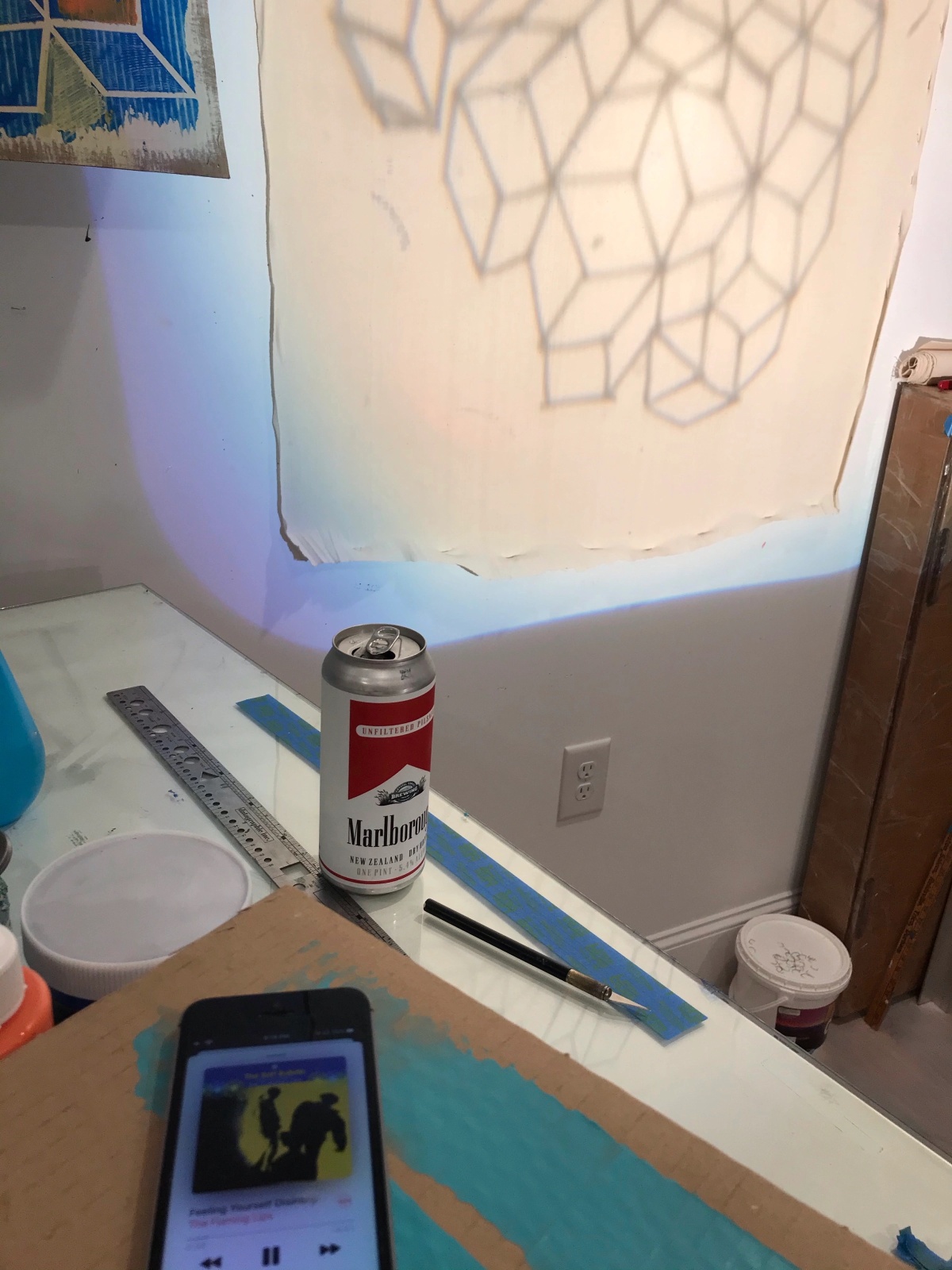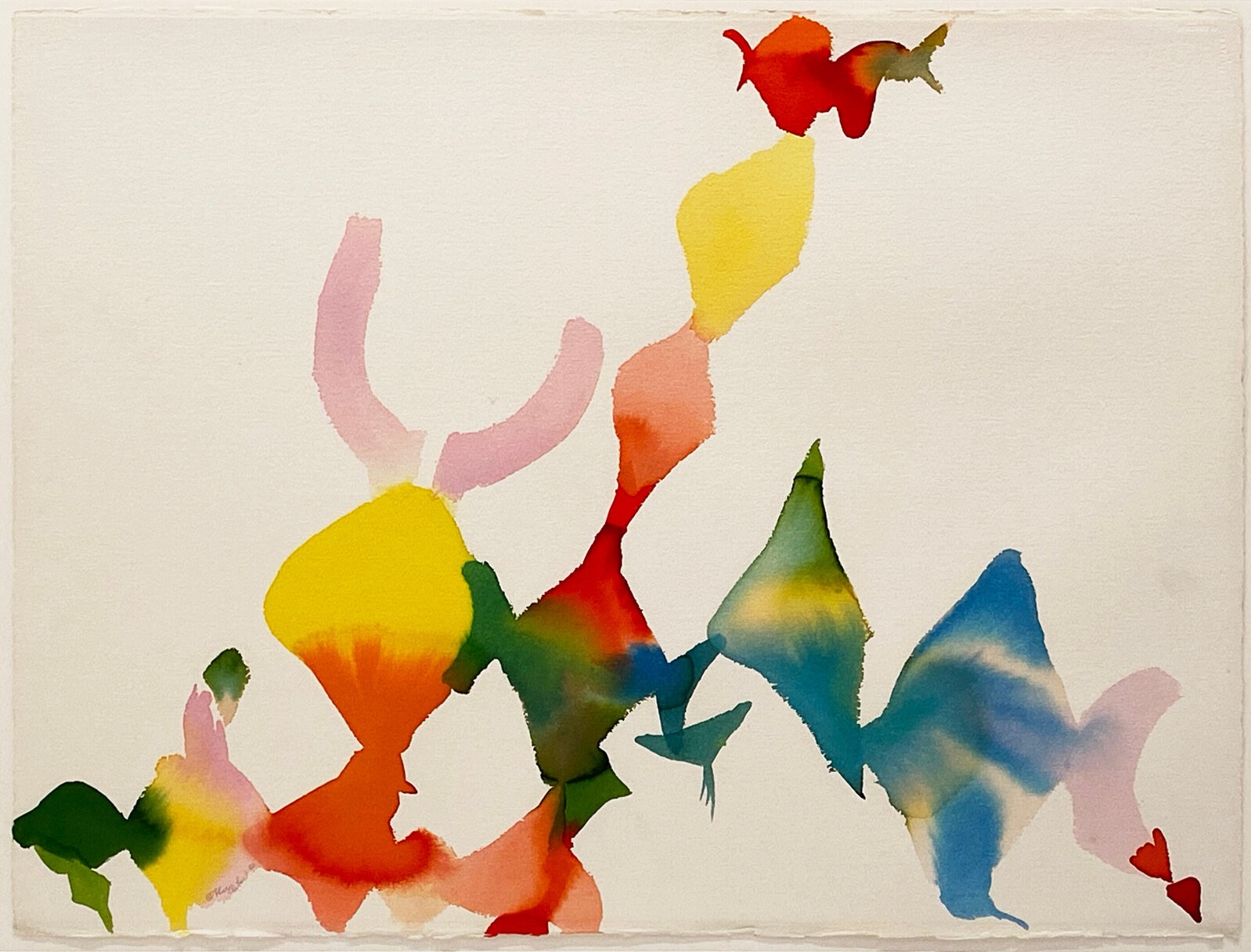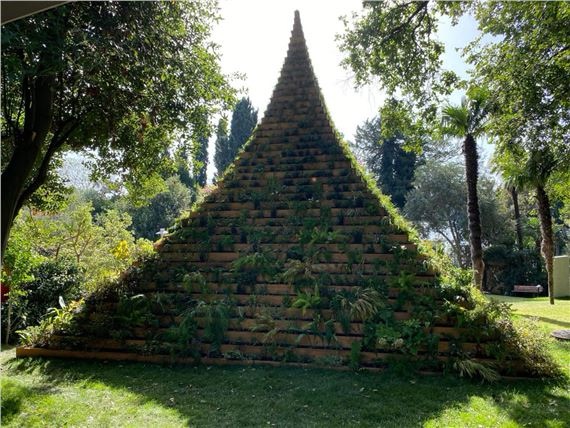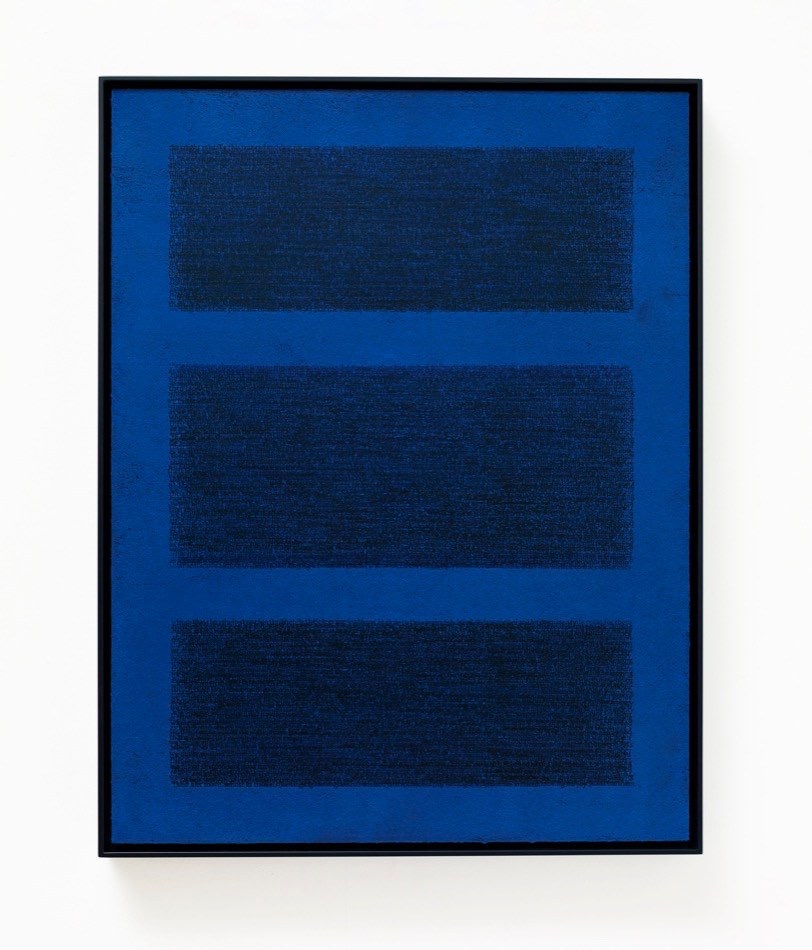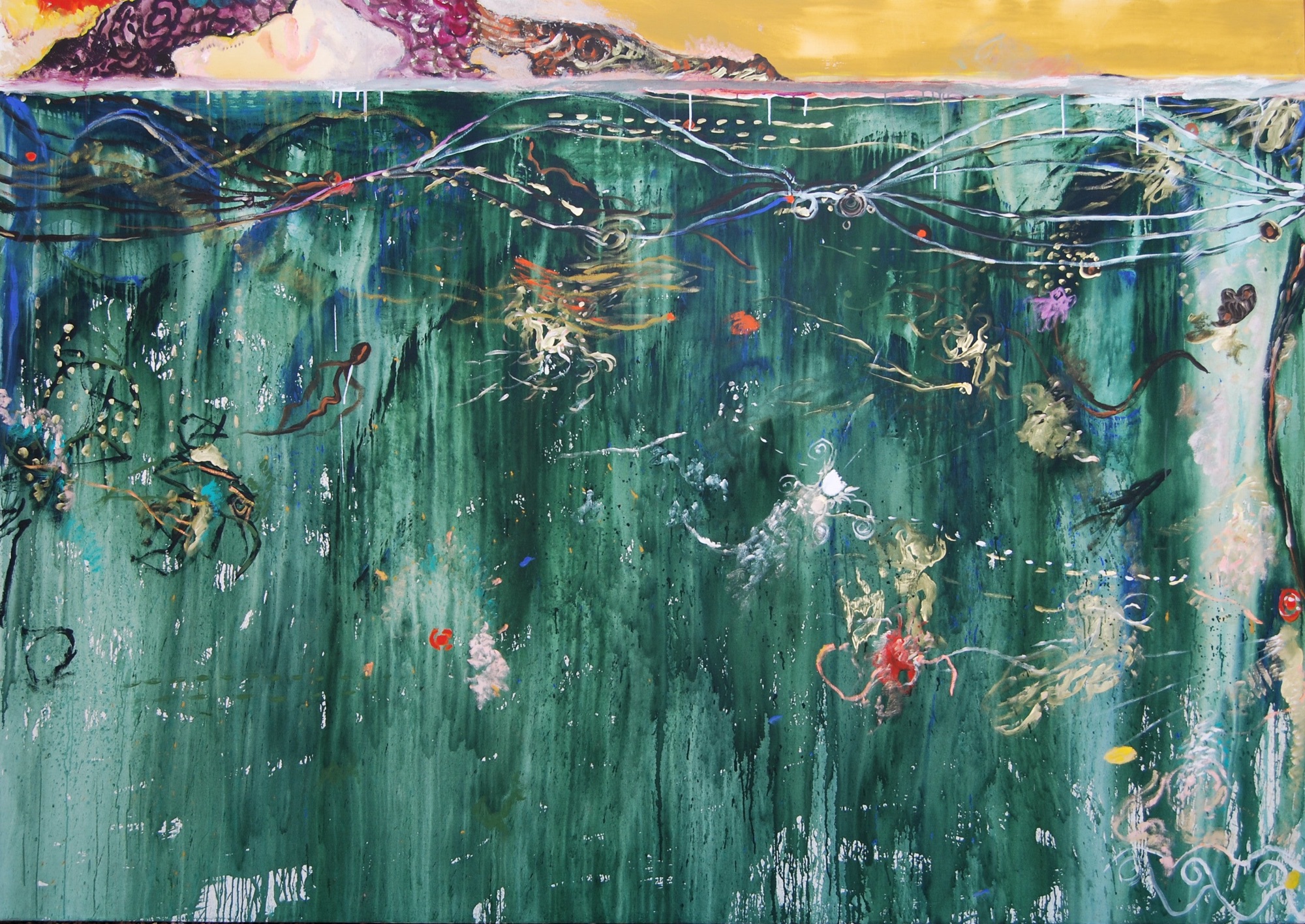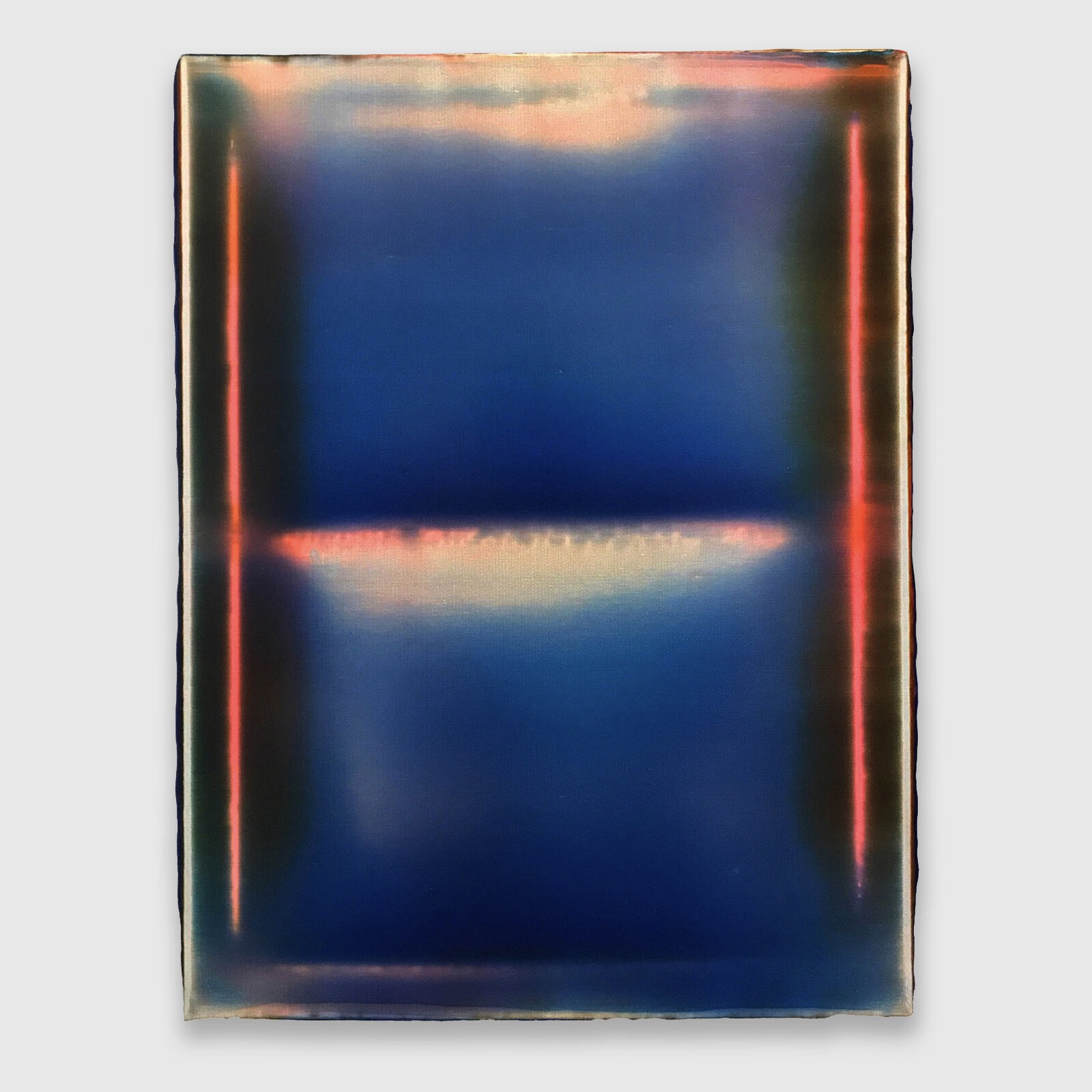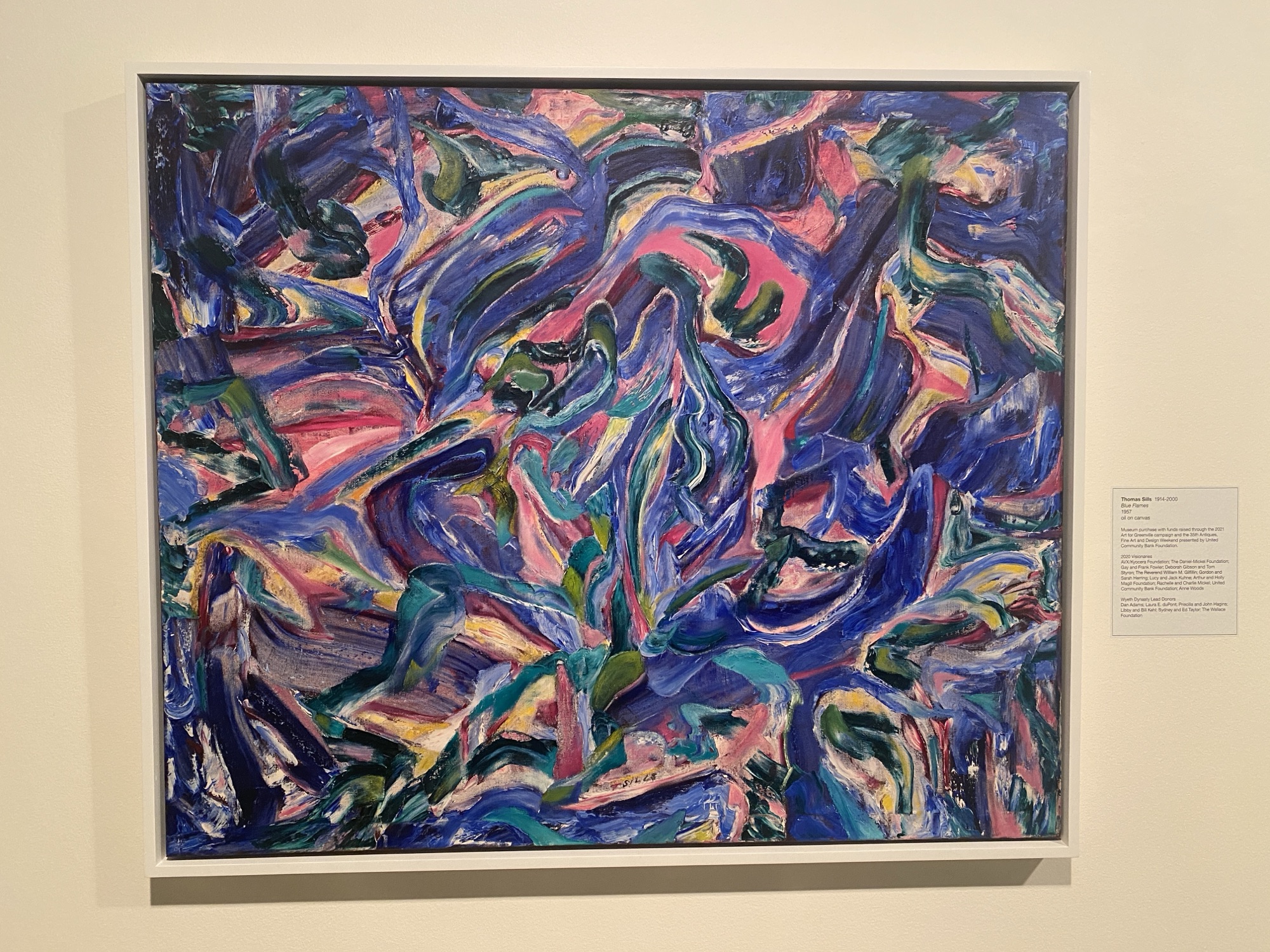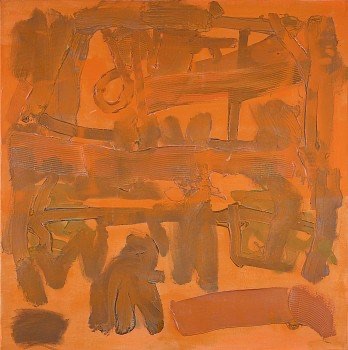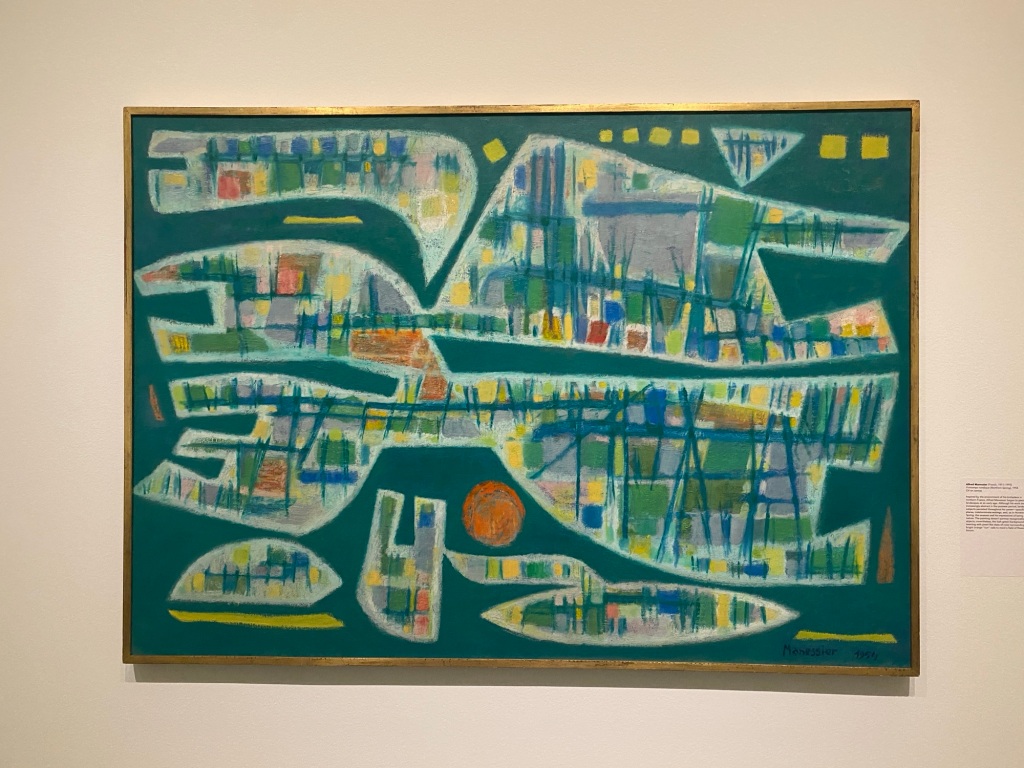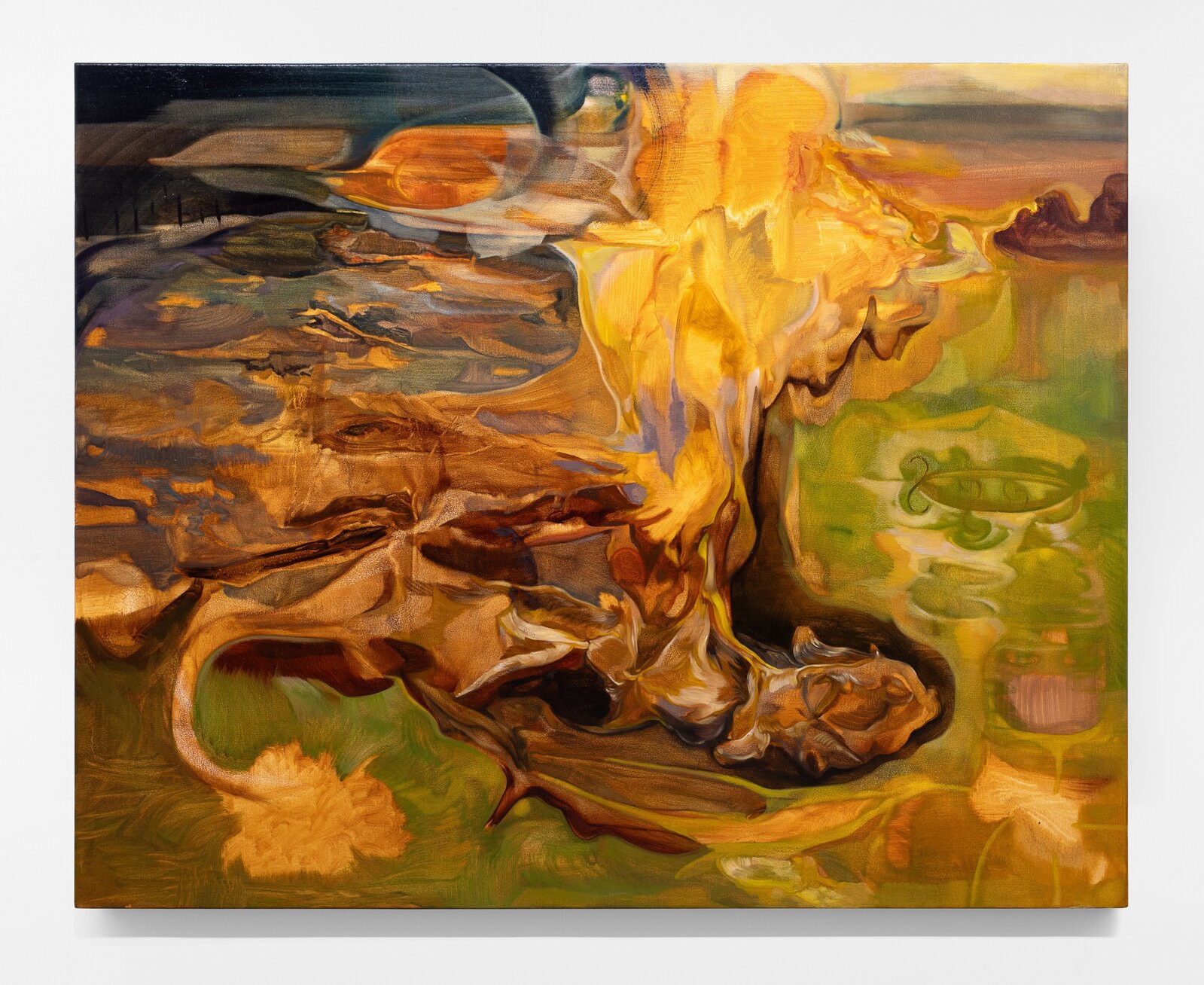is the personal website and blog of Sterling Bowen. I’m an abstractionist, teacher, curator and writer living in Raleigh, NC. On this site you’ll find content about not only my practice but also others which I find inspiring, arranged like so:
- “galleries” of my paintings (current and past)
- posts about my installation work
- blogs about my practice- paintings or objects, teaching or curating, sometimes long-form (concepts and theories)
- artists who also make non-figurative work- there is a link and at least one image of 1,400+ and counting
- search hashtags for artists (tags are listed with each post as well)
- peruse a thumbnail diary of artworks (for those of you that forget artists’ names but not their work or who prefer to scan for what interests you)
- AND of course a search bar if you know the name of an artist for which you’re looking for content or images
Please subscribe below and follow along!
BTW, “yes” the name of this blog is a reference to Arthur Danto’s collection of essays After the End of Art.
